Dog water dog aquatic training is rapidly becoming an exciting trend among dog owners and trainers in 2025. From increasing safety and building confidence to fostering stronger bonds between dogs and their handlers, aquatic activities provide a wide range of benefits. This guide explores the latest updates in dog aquatic training, shares expert-backed methods for success, and brings you practical advice to ensure that every water experience is safe and rewarding for both dog and owner.
Why Aquatic Training Matters in 2025
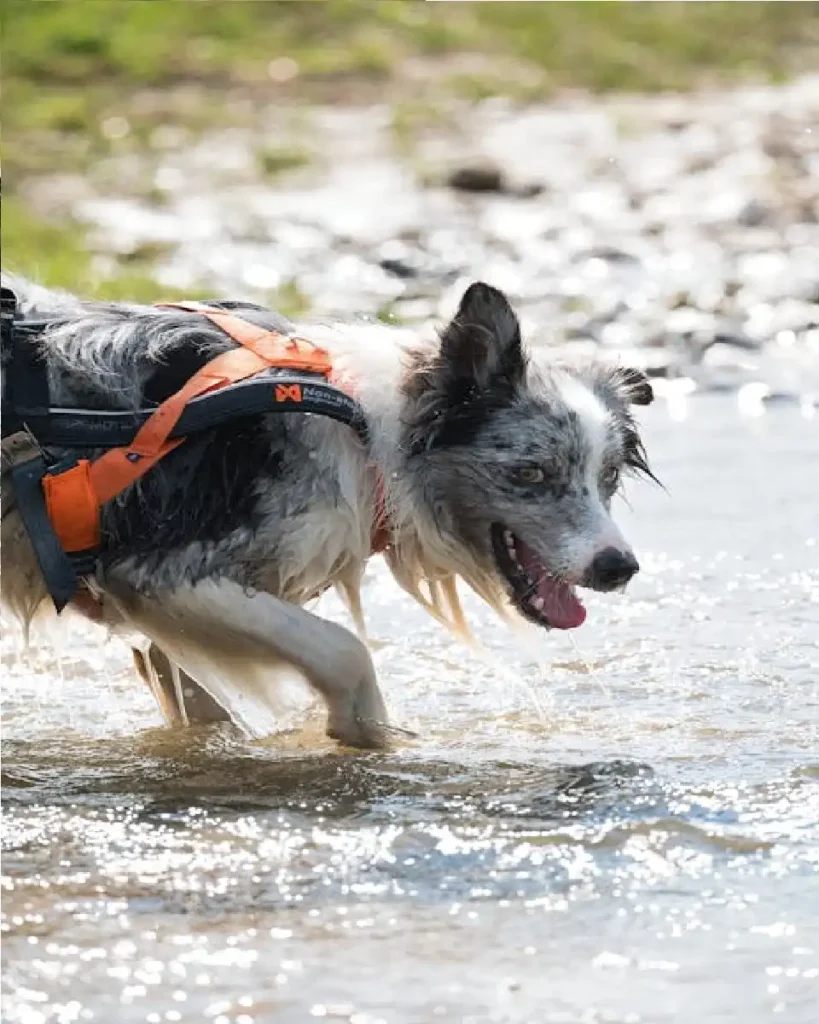
In 2025, dog training is seeing a renewed emphasis on safe and fun water-based activities. The focus has shifted to not only teaching dogs how to swim, but also to cultivating emotional balance, health, and adaptability via aquatic games and exercises. Whether managing a puppy’s first pool entry or an older dog’s rehabilitation, aquatic training is transforming the way owners approach exercise and bond-building.
Common Aquatic Training Benefits for Dogs (2025)
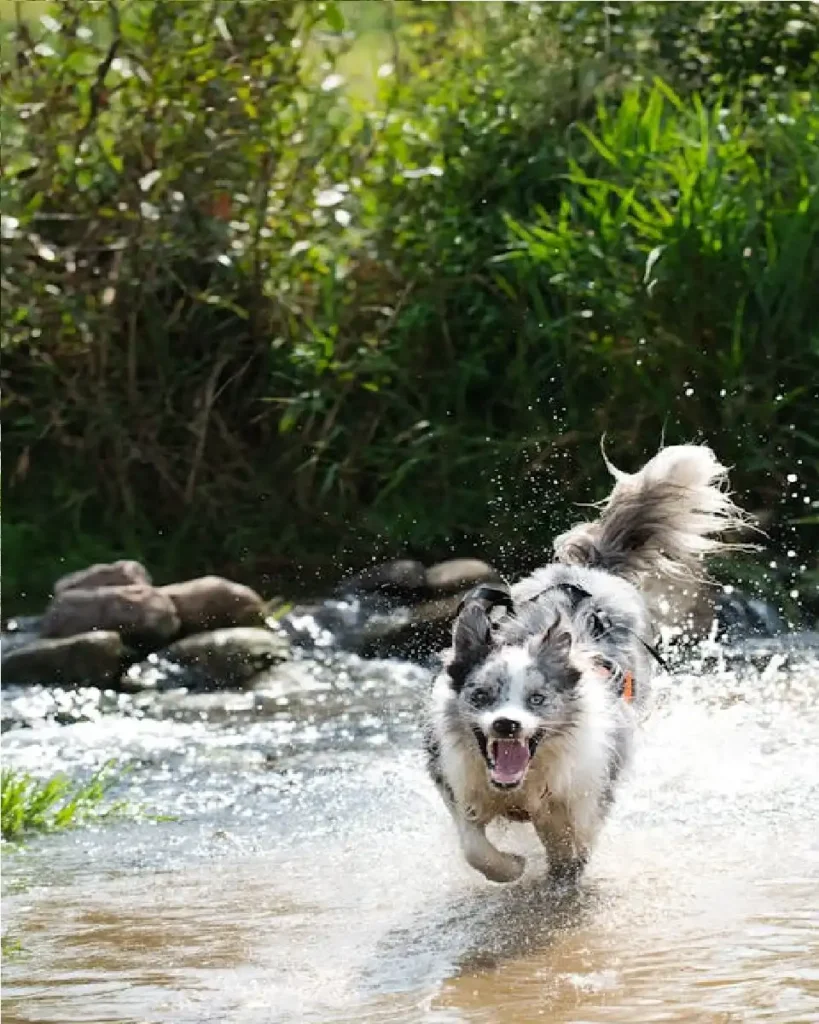
| Benefit | Description | Relevance in 2025 |
| Physical Health | Improves cardiovascular fitness and joint mobility | High |
| Confidence Building | Reduces fear and anxiety, boosts resilience | Essential |
| Owner-Dog Bond | Strengthens trust and teamwork | Growing Focus |
| Recovery/Rehab | Gentle exercise for dogs needing rehabilitation | Increasing Demand |
| Sensory Stimulation | Engages dog senses, aids cognitive development | Trending |
7 Proven Tips for Safe, Fun, and Successful Aquatic Training
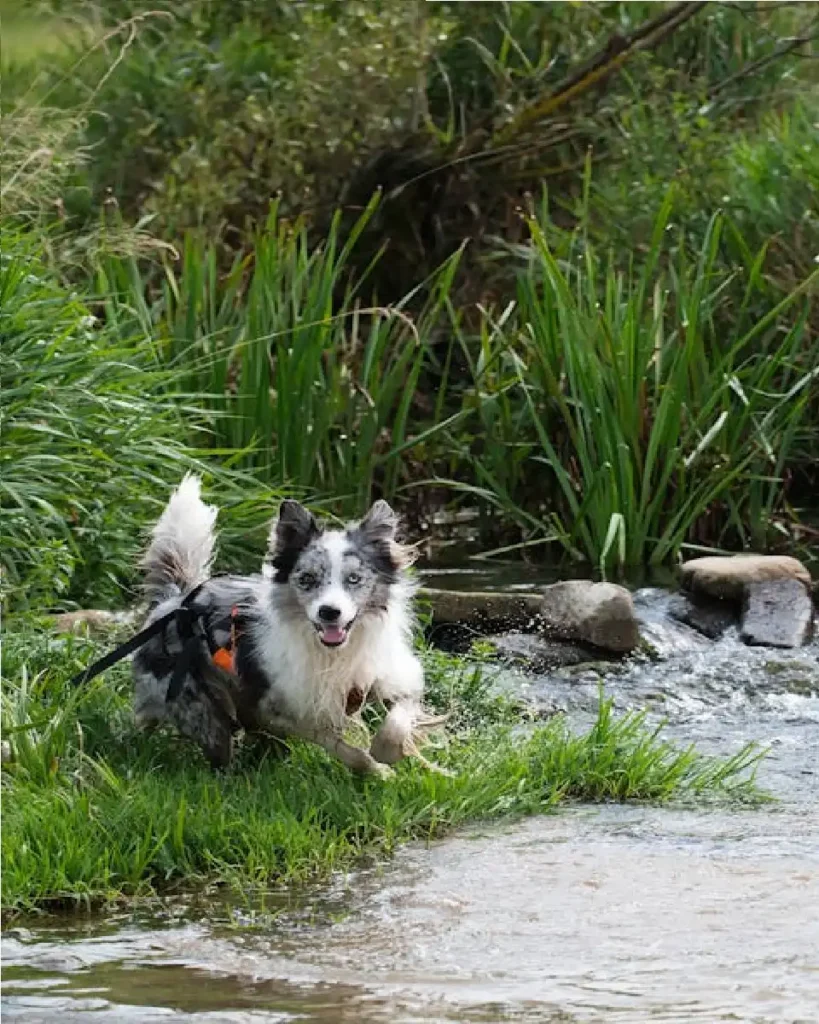
1. Start Slow and Choose the Right Setting
Introducing a dog to water should be gradual, beginning with shallow pools or gently sloping lake shores. For 2025, trainers recommend using environments with minimal distractions and clean water, especially for inexperienced dogs. This approach increases safety and helps build a positive association with aquatic play.

2. Use Positive Reinforcement and Treats
Reward-based training remains crucial. Snacks, favorite toys, and verbal praise motivate dogs to try new water skills. This method builds confidence and trust, making aquatic training enjoyable for both parties and reducing any anxiety the dog may have around water.
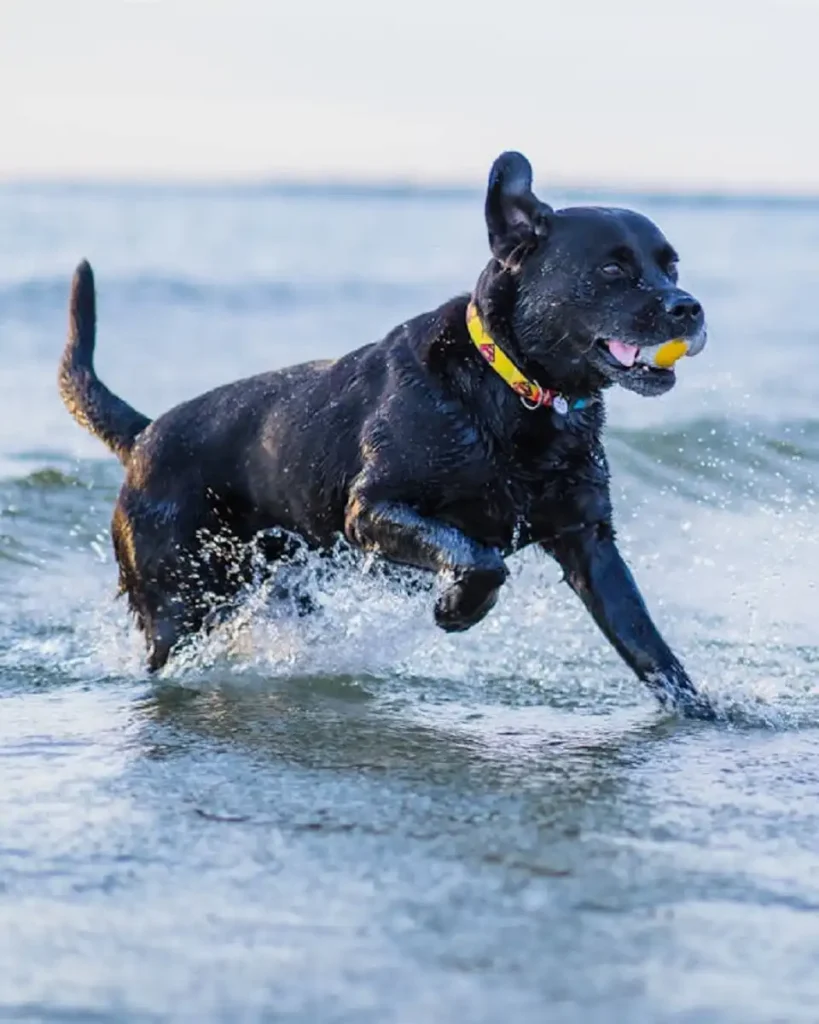
3. Comfort First: Gear and Safety Essentials
For safety, invest in a well-fitted life vest and ensure all gear is non-restrictive. Experts in 2025 highlight that dogs of all ages—especially puppies and seniors—benefit greatly from buoyancy aids during early water experiences, minimizing risk and allowing free movement.
4. Follow the Dog’s Pace and Signals
Pay close attention to canine body language. Signs of excitement, curiosity, or mild apprehension tell trainers when to advance or retreat. Pushing too fast can increase stress. In 2025, trainers are promoting a “dog-led tempo” approach: allow breaks, stay patient, and prioritize comfort.
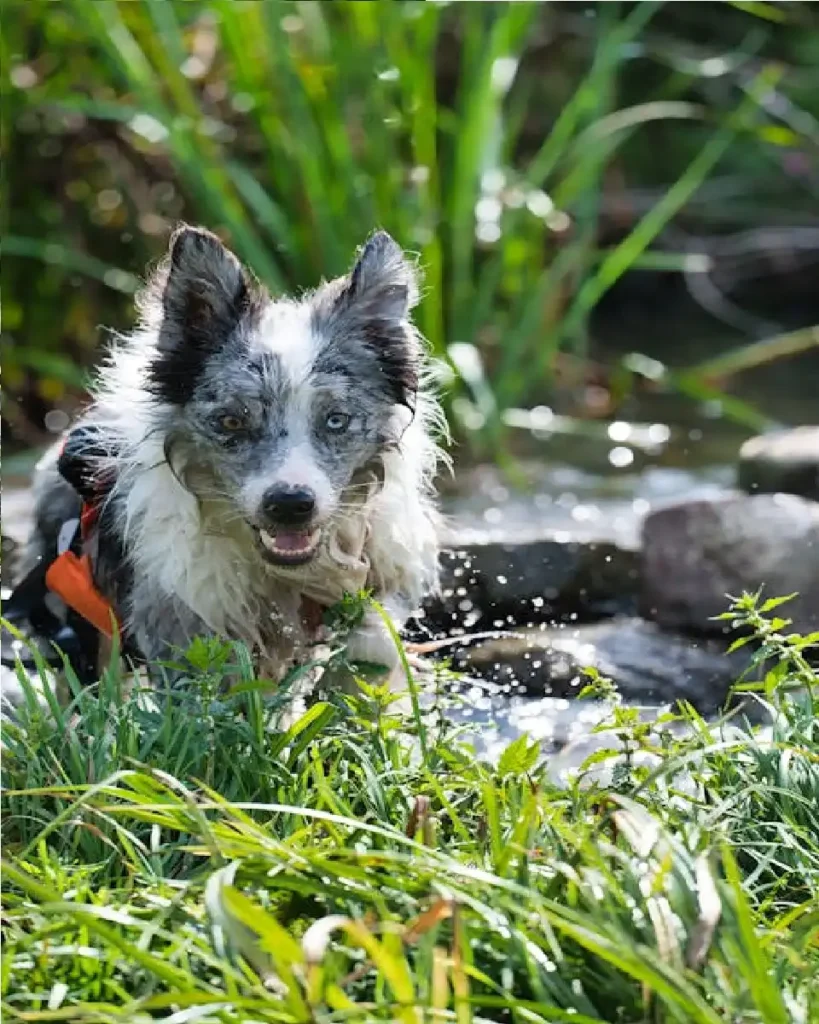
5. Regular Hydration and Sun Protection
Hydration is essential, especially during active outdoor aquatic sessions. Provide fresh water for drinking after every swim and monitor for signs of heat stress. Sunscreen for dogs—especially those with short hair or light coats—is recommended by professionals to prevent sunburn, highlighting a major update in aquatic care advice for 2025.
6. Practice Safety Checks and Emergency Skills
Emergency preparedness has become a core component of aquatic training. Ensure all handlers know basic canine CPR and have emergency supply kits (including towels, leashes, and emergency contact information). Routinely check water quality and temperature, as sudden changes can impact your dog’s health.
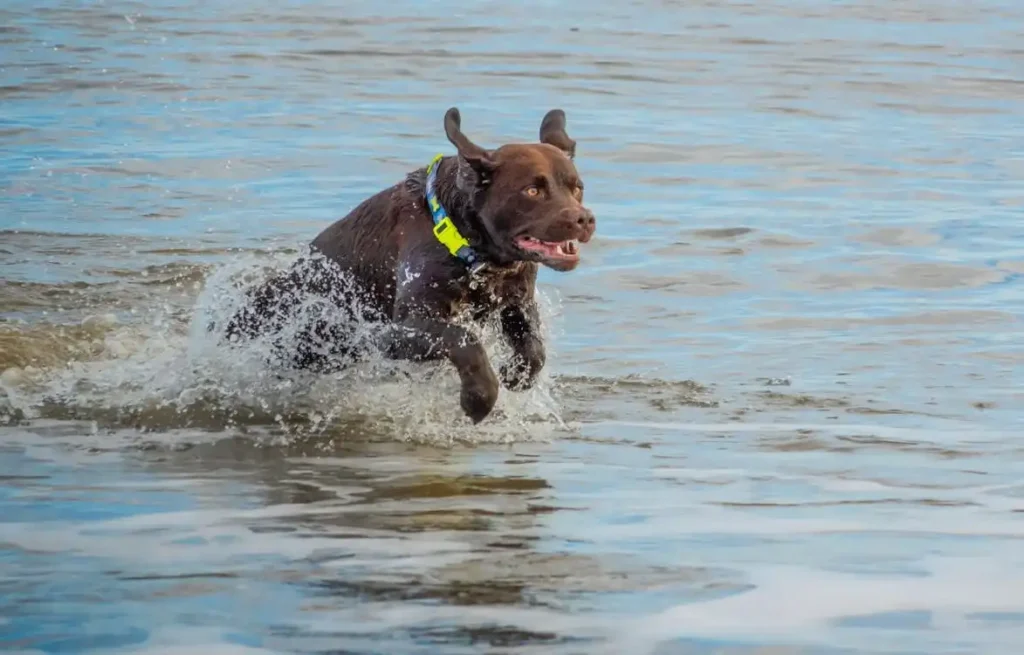
7. Make It Fun: Incorporate Games and Social Interaction
Water fetch, dock diving, and teamwork exercises help develop agility and enjoyment. In 2025, aquatic sports events for dog water dog enthusiasts are gaining popularity, bringing together communities to share tips, participate in fun contests, and foster responsible aquatic play.
Understanding Dog Water Dog Personality in Training
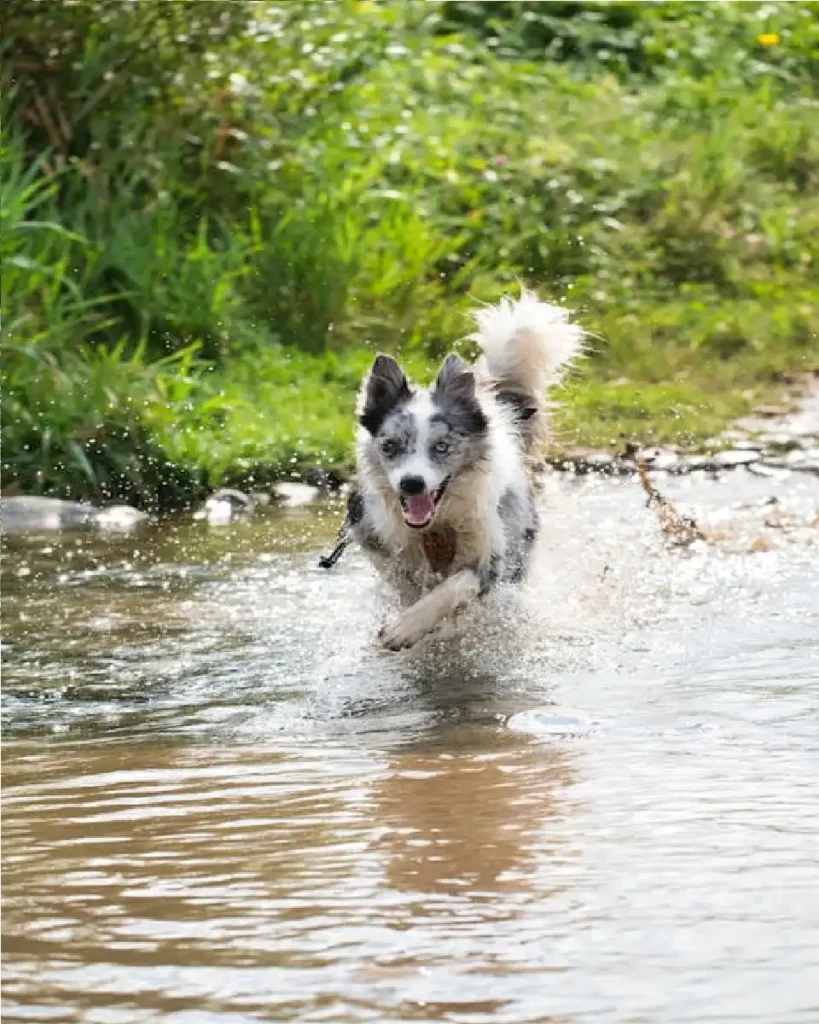
The “dog water dog” term reflects not only the activity but also unique personality traits linked to adaptability and loyalty. Dogs with a “water” temperament, as characterized in the Chinese zodiac, combine flexibility with steadfastness—traits that make them excellent candidates for aquatic training. These dogs thrive when routines are clear, yet benefit from emotional support and encouragement. Owners should leverage these natural strengths to guide learning while providing nurturing feedback.
The Latest 2025 Trends and Updates
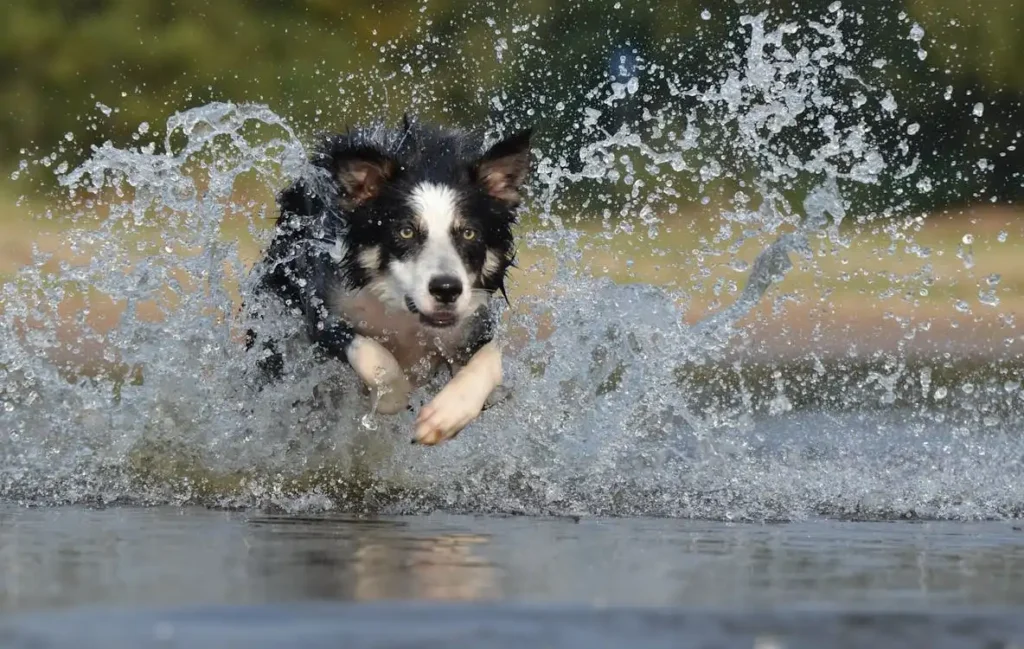
New Research in Canine Aquatics
- Trainers are using wearable tech to monitor heart rate and activity during swims, helping prevent overexertion and catching early signs of fatigue.
- Water treadmill sessions are gaining ground for rehabilitation, offering controlled movement for senior and injured dogs.
- Group swim classes are emerging across cities, creating safe, social spaces for “dog water dog” training—perfect for building social confidence and learning from peers.
Health, Safety, and the Well-Being Focus
Veterinarians stress the need for regular ear cleaning after aquatic sessions to prevent infection, especially as warmer climates lead to more frequent swims. Mental stimulation is equally prioritized, with trainers recommending a mix of focused drills (retrieving, swimming laps) and free play for optimal results in 2025.
Finally
Dog water dog aquatic training in 2025 is all about blending safety, skill, and play. By choosing the right environment, using supportive gear, and listening to the dog’s cues, owners can harness the physical and emotional benefits of water-based play.

With proven tips and fresh updates leading the way, aquatic training is the perfect means to develop strong, healthy, and confident canines. Embrace the adventure and witness firsthand how “dog water dog” transforms everyday life—one splash at a time.
For More Details Visit Talent Dogs

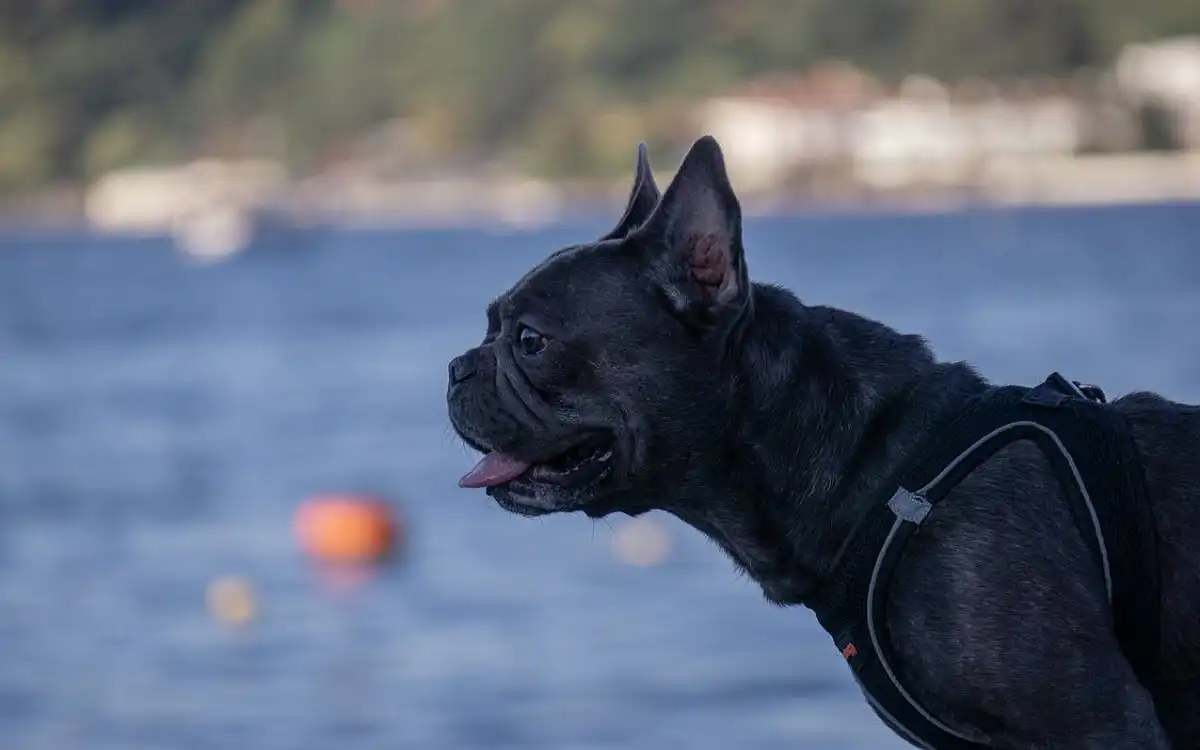
Leave a Reply